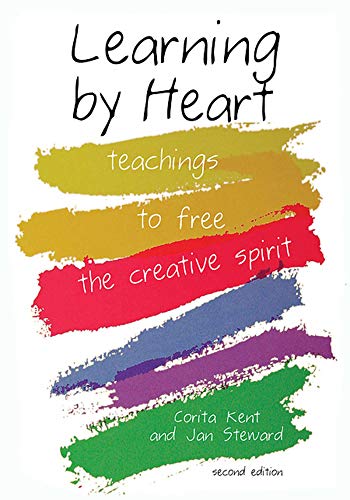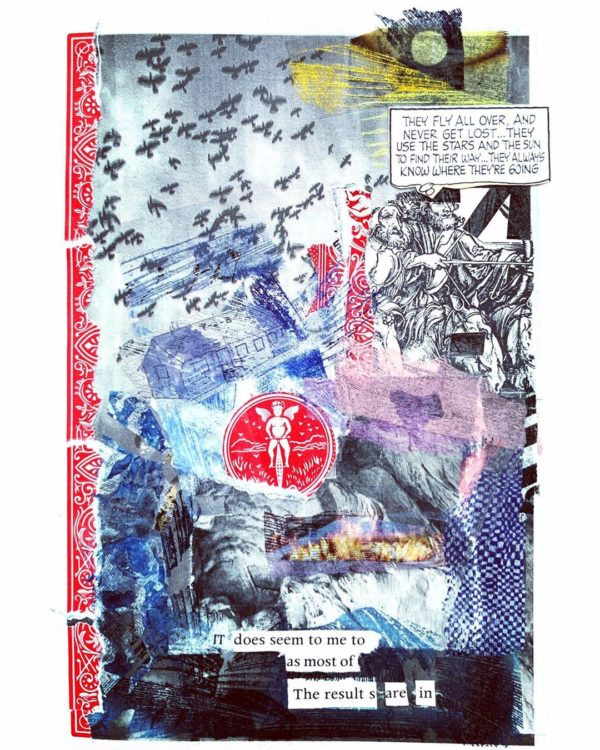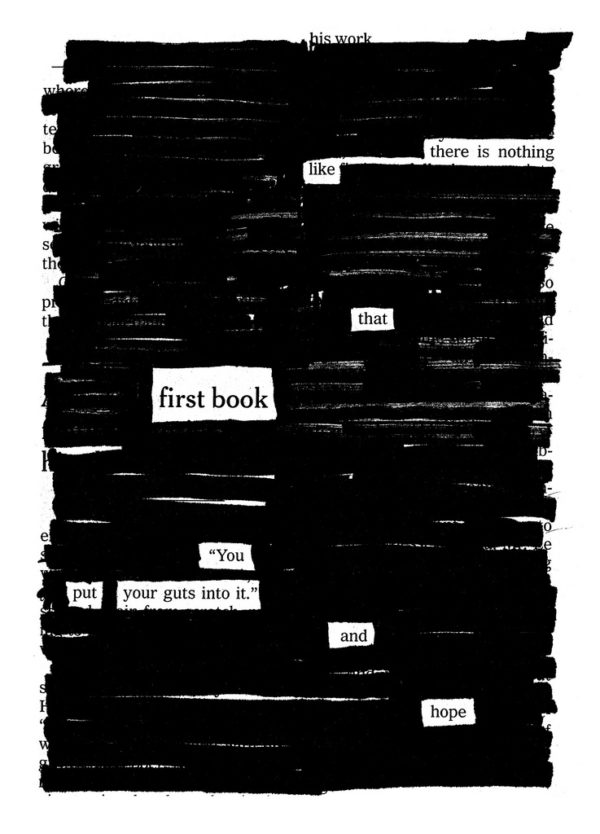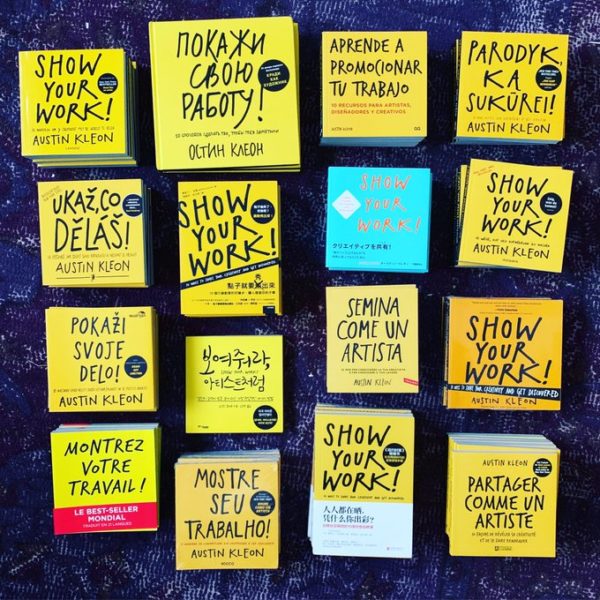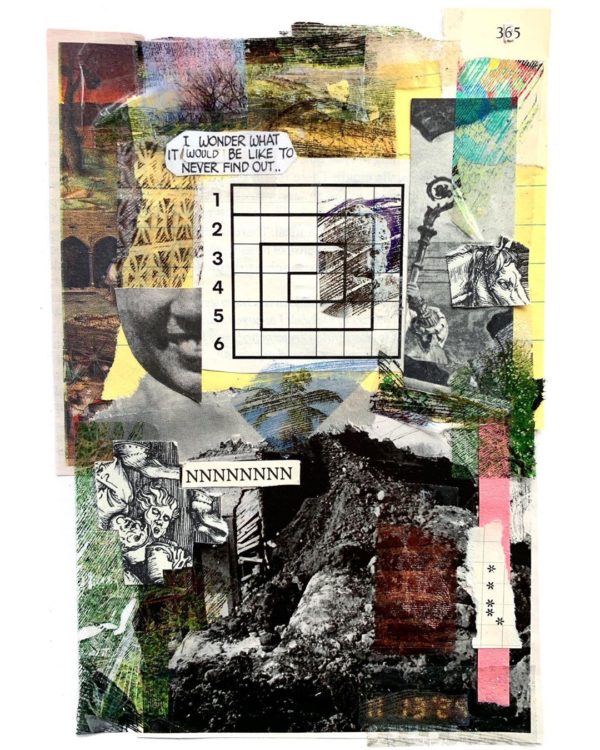
Sara Hendren has a new book (that I had the pleasure of blurbing!) coming out in about a week, and I told her, “Oh, you’re in ‘The Gulp.’” The Gulp is that weird time in between when a book is finished and when it’s published. It’s always been a nerve-wracking time for me, but Hendren’s editor, Rebecca Saletan, says it’s her favorite time — it’s like “having a secret before the world knows.” I like that (much sunnier) take and I am stealing it.
